Picking the best places to visit in Japan feels like trying to choose between your favorite songs – each one hits differently depending on your mood and what you’re looking for. From the neon-lit streets of Tokyo to the peaceful temples of Kyoto, Japan serves up such a mix of experiences that you could spend months exploring and still barely scratch the surface. Whether you’re into ancient traditions, modern pop culture, food adventures, or nature escapes, this country has something that’ll make you want to extend your stay.
After spending countless hours exploring Japan’s islands (and probably eating way too much ramen), I’ve put together this list of 21 must-visit spots. I tried to include places that showcase different sides of Japan – from busy city centers to quiet mountain towns, and from seaside villages to forest-covered peaks. Each spot earned its place not just for what you’ll see, but for the unique experiences you’ll have there.
Think of this list as your friendly guide to Japan’s greatest hits, with a few hidden gems thrown in. Whether you’re planning your first trip or coming back for more, these 21 places will give you a real taste of what makes Japan so special.
- Best for city lovers: Tokyo Skytree District
- Best for temple hopping: Kyoto’s Gion
- Best beach escape: Okinawa Islands
- Best food scene: Osaka’s Dotonbori
- Best for nature walks: Mount Fuji trails
- Best cultural experience: Kanazawa’s tea houses
Tokyo
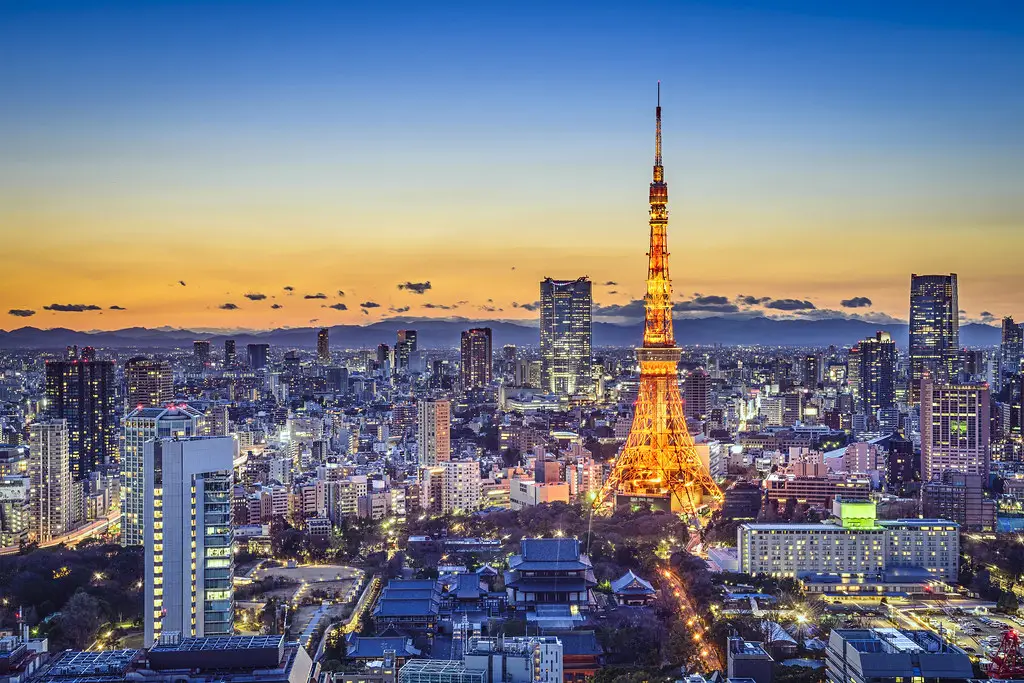
If you’re heading to Japan for the first time, you can’t miss experiencing Tokyo. This sprawling metropolis seamlessly blends ancient traditions with modern technology – from serene temples and historic gardens to neon-lit streets and towering skyscrapers. As Japan’s capital city, Tokyo offers visitors iconic spots like the busy Shibuya Crossing, the peaceful Meiji Shrine, and the quirky fashion scene in Harajuku.
Kyoto
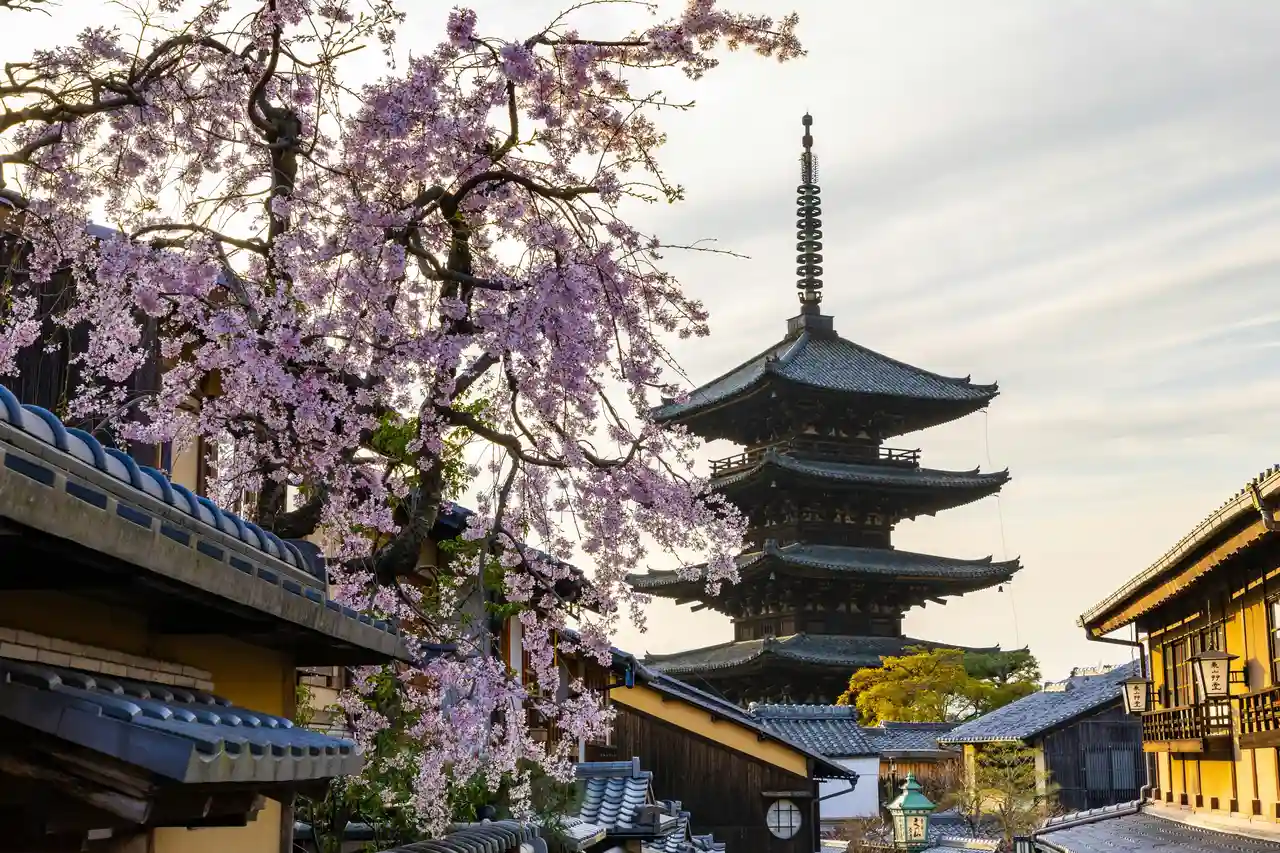
Countless visitors flock to Kyoto for its ancient temples and shrines, but this former imperial capital offers much more than religious landmarks. The city’s narrow streets are lined with traditional wooden houses, and you’ll find over 2,000 Buddhist temples and Shinto shrines scattered throughout its neighborhoods. The famous Arashiyama bamboo grove provides a peaceful escape from the city, while the historic Gion district lets you spot geishas hurrying between tea houses. Spring brings cherry blossoms to the city’s parks and temples, but Kyoto’s charm remains year-round, whether you’re participating in a traditional tea ceremony or sampling local delicacies at Nishiki Market.
Mount Fuji
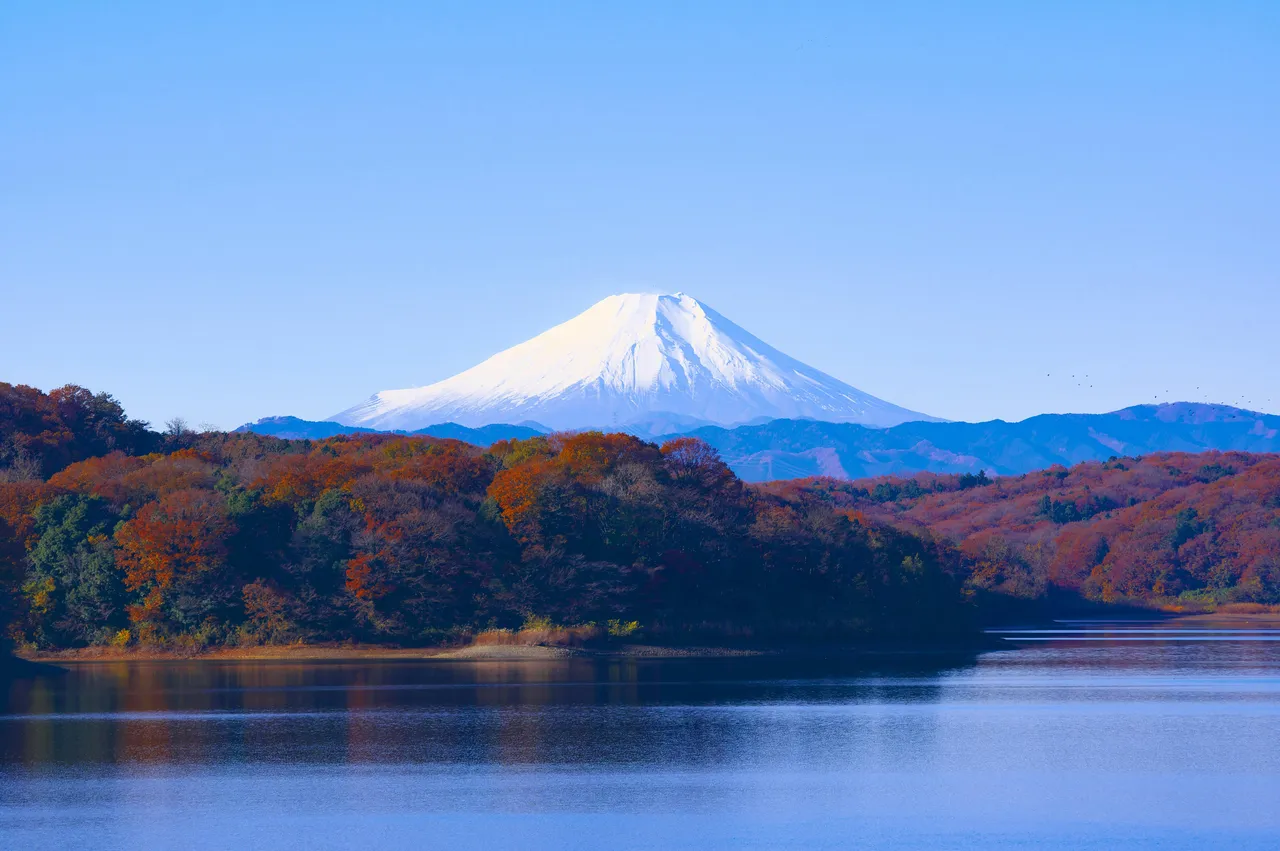
Rising majestically from the plains about 60 miles southwest of Tokyo is Japan’s most famous natural landmark, Mount Fuji. At 12,388 feet tall, this snow-capped volcanic cone has been a place of spiritual significance for centuries, drawing both Japanese pilgrims and international travelers. While many people view the mountain from afar, the more adventurous can hike to its summit during climbing season from July to early September. Beyond the mountain itself, the surrounding Fuji Five Lakes region offers hot springs, hiking trails, and small towns where you can experience local life. On clear days, the mountain’s perfect symmetrical shape reflects in Lake Kawaguchiko, creating a scene that’s appeared on countless postcards and in Japanese art throughout history.
Osaka
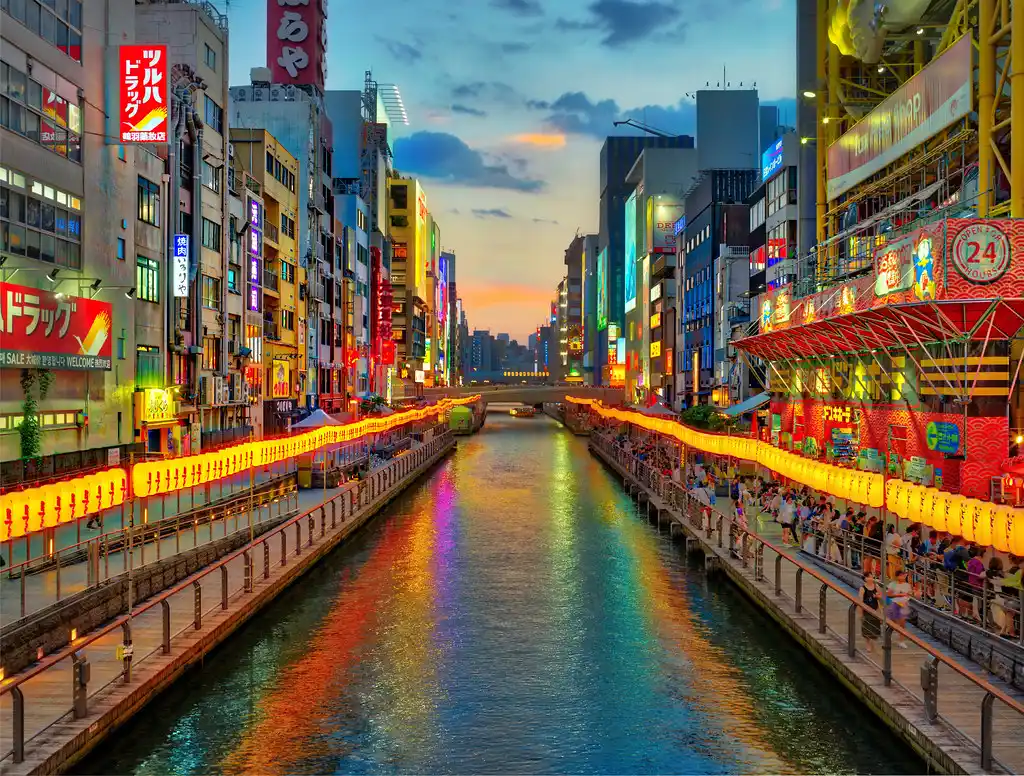
Ever tried takoyaki from a street vendor at midnight? It’s a regular occurrence in Osaka, Japan’s most laid-back metropolis, where food and fun rule supreme. Known as the country’s kitchen, this city takes its eating seriously – from sizzling kushikatsu (fried skewers) in the neon-lit Dotonbori district to fresh sushi at the bustling Kuromon Market. Beyond the food scene, you can explore the towering Osaka Castle, catch a traditional bunraku puppet show, or join the locals for some retail therapy in Amerika-mura. Don’t miss the Osaka Aquarium, one of Japan’s largest, or Universal Studios Japan if you’re traveling with kids.
Nara
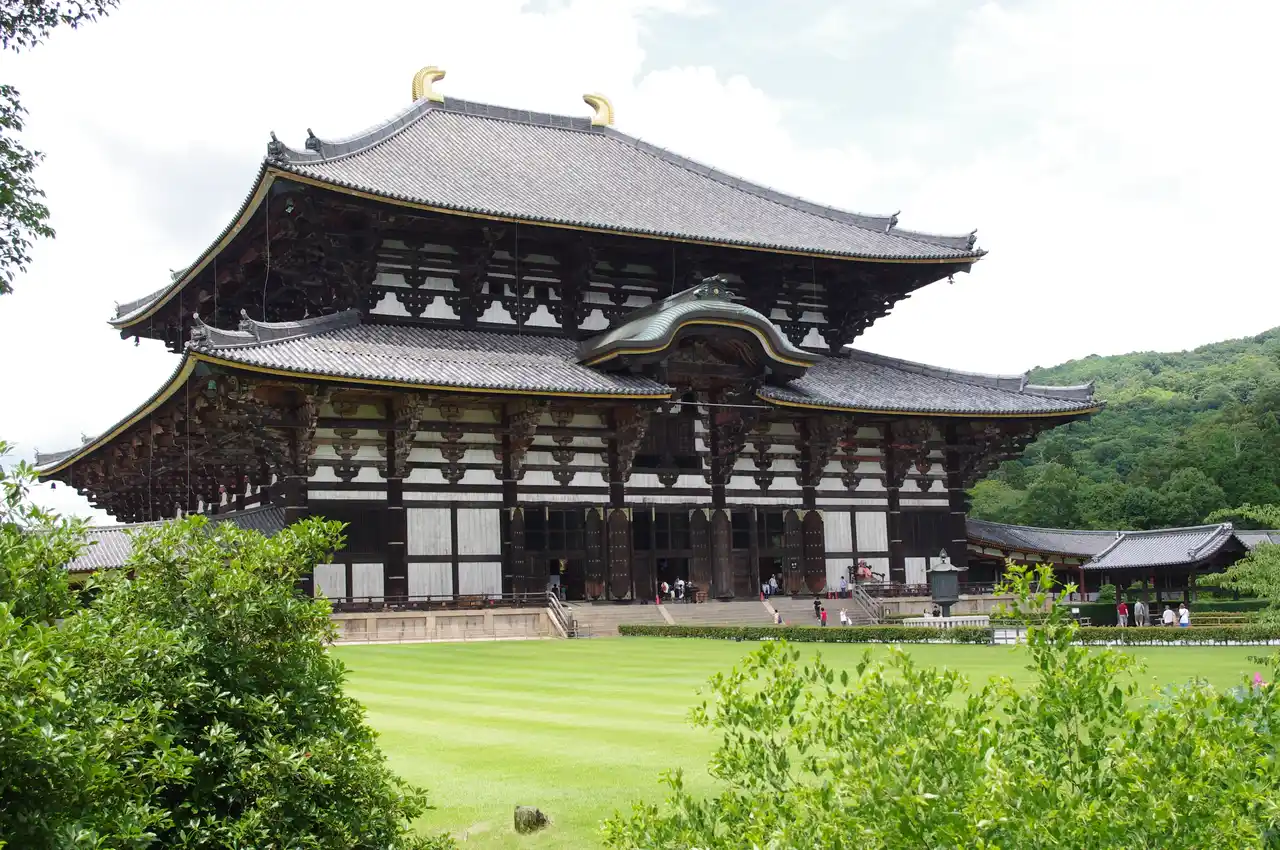
If you’re looking for a taste of old Japan, head to Nara, the country’s first capital city. Located less than an hour from Kyoto, this historic town is famous for its friendly deer that bow to visitors in exchange for treats, and its collection of ancient Buddhist temples. The crown jewel is Todaiji Temple, home to one of Japan’s largest bronze Buddha statues and set within a sprawling park where over 1,200 deer roam freely.
Hiroshima
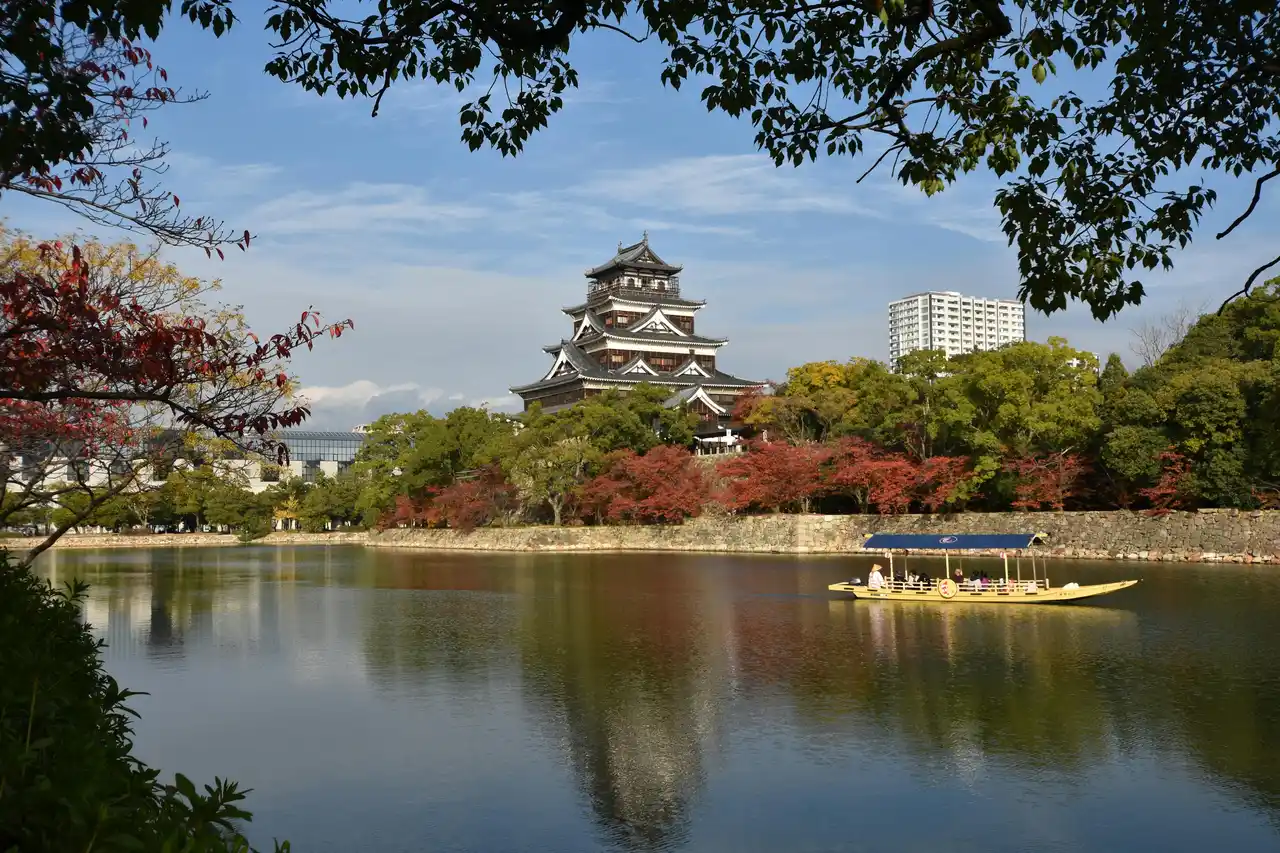
Experience the powerful history and resilient spirit of Hiroshima, a city that has become a symbol of peace and hope. Start your journey at the Peace Memorial Park, where the A-Bomb Dome stands as a reminder of the past while carrying a message for the future. Take time to visit the Peace Memorial Museum, which tells moving stories of the city’s transformation and recovery. When you’re ready for a change of pace, hop on a ferry to nearby Miyajima Island to see the famous “floating” Itsukushima Shrine and its iconic red gate rising from the water. Don’t leave without trying Hiroshima-style okonomiyaki – a savory pancake that locals have perfected into an art form, best enjoyed at the food stalls in Okonomimura.
Hakone
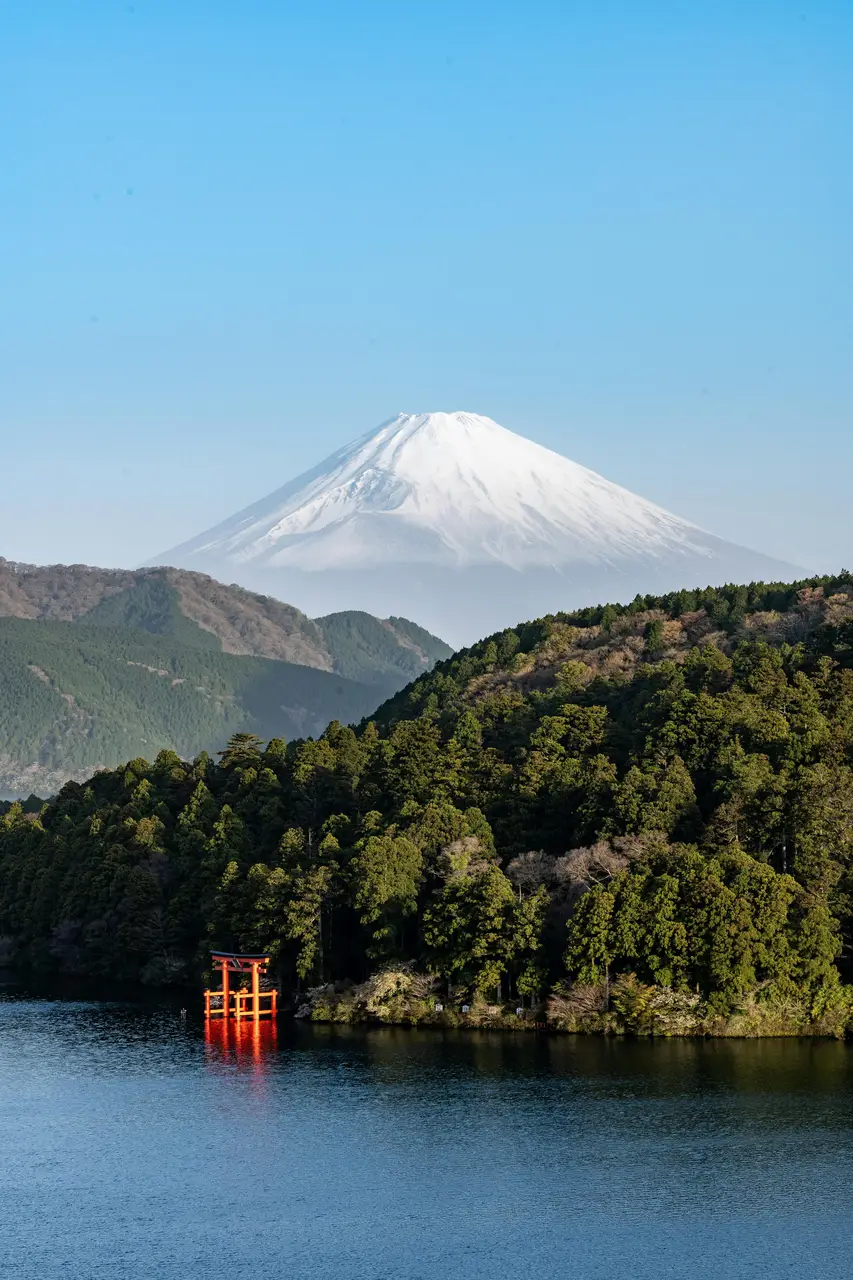
Just an hour from Tokyo lies Hakone, a peaceful mountain town I first discovered during my 2018 trip to Japan. Nestled in the foothills of Mount Fuji, this hot spring haven is scattered with traditional ryokan inns and outdoor onsen baths that dot the volcanic landscape. The town’s iconic red torii gate of Hakone Shrine stands proudly in Lake Ashi’s waters, while the Hakone Open-Air Museum displays works of art against a backdrop of mountain scenery. The old Tokaido road still winds through town, lined with ancient cedar trees that have watched over travelers for centuries, and the Hakone Ropeway offers rides across the valley with sweeping views of Mount Fuji reflected in the lake below.
Sapporo
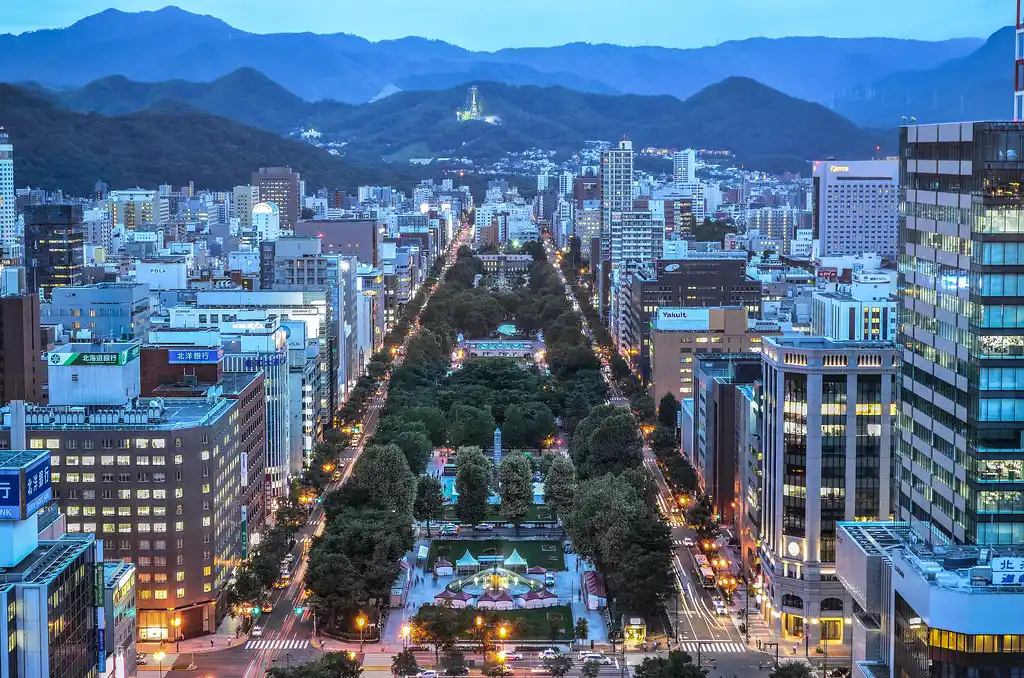
Located on Japan’s northernmost island of Hokkaido, Sapporo stands out as one of the country’s youngest major cities. Unlike the ancient capitals of Kyoto or Nara, Sapporo embraces its modern identity while maintaining strong ties to its natural surroundings. As Japan’s undisputed winter capital, the city comes alive during its famous Snow Festival, when enormous ice sculptures transform Odori Park into an outdoor gallery. But what really sets Sapporo apart is its food scene – this is the birthplace of miso ramen, and the city’s beer halls serve up the iconic Sapporo brew alongside plates of fresh seafood and local specialties. With its wide, tree-lined streets and abundant parks, Sapporo feels more like a laid-back North American city than a typical Japanese metropolis, making it a refreshing change of pace for travelers.
Kamakura
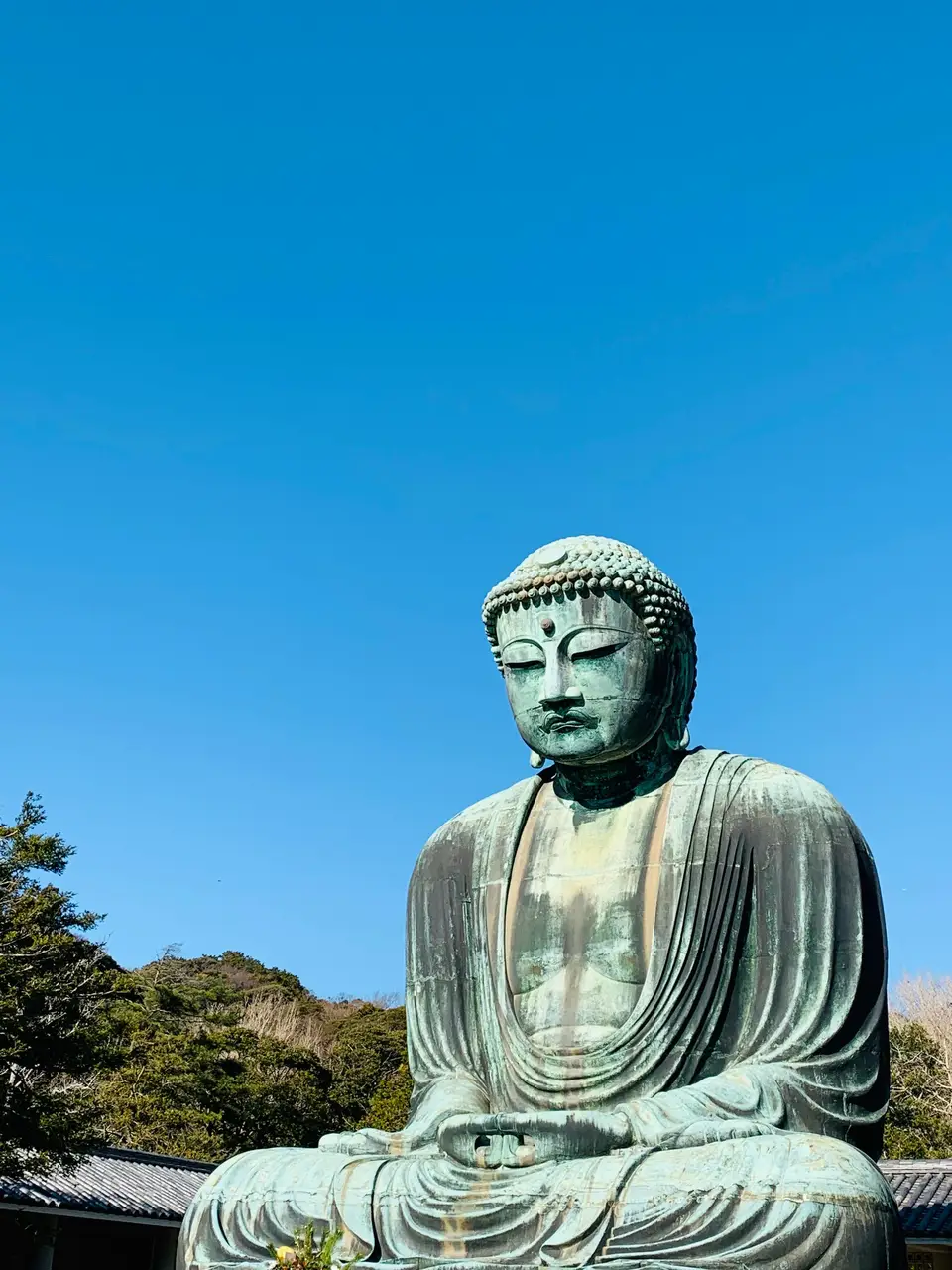
Located just an hour south of Tokyo, Kamakura draws visitors with its famous Great Buddha statue, but this coastal city offers much more than its bronze icon. The former capital of medieval Japan combines religious heritage with laid-back beach town charm, featuring dozens of temples and shrines scattered among its hills. Locals and tourists alike come to walk the peaceful paths of Tsurugaoka Hachimangu Shrine, surf the waves at Yuigahama Beach, or explore the network of hiking trails that connect various historical sites. While the city is especially nice during the cherry blossom season, Kamakura’s mix of cultural landmarks, natural scenery, and seaside activities makes it worth visiting throughout the year.
Kanazawa
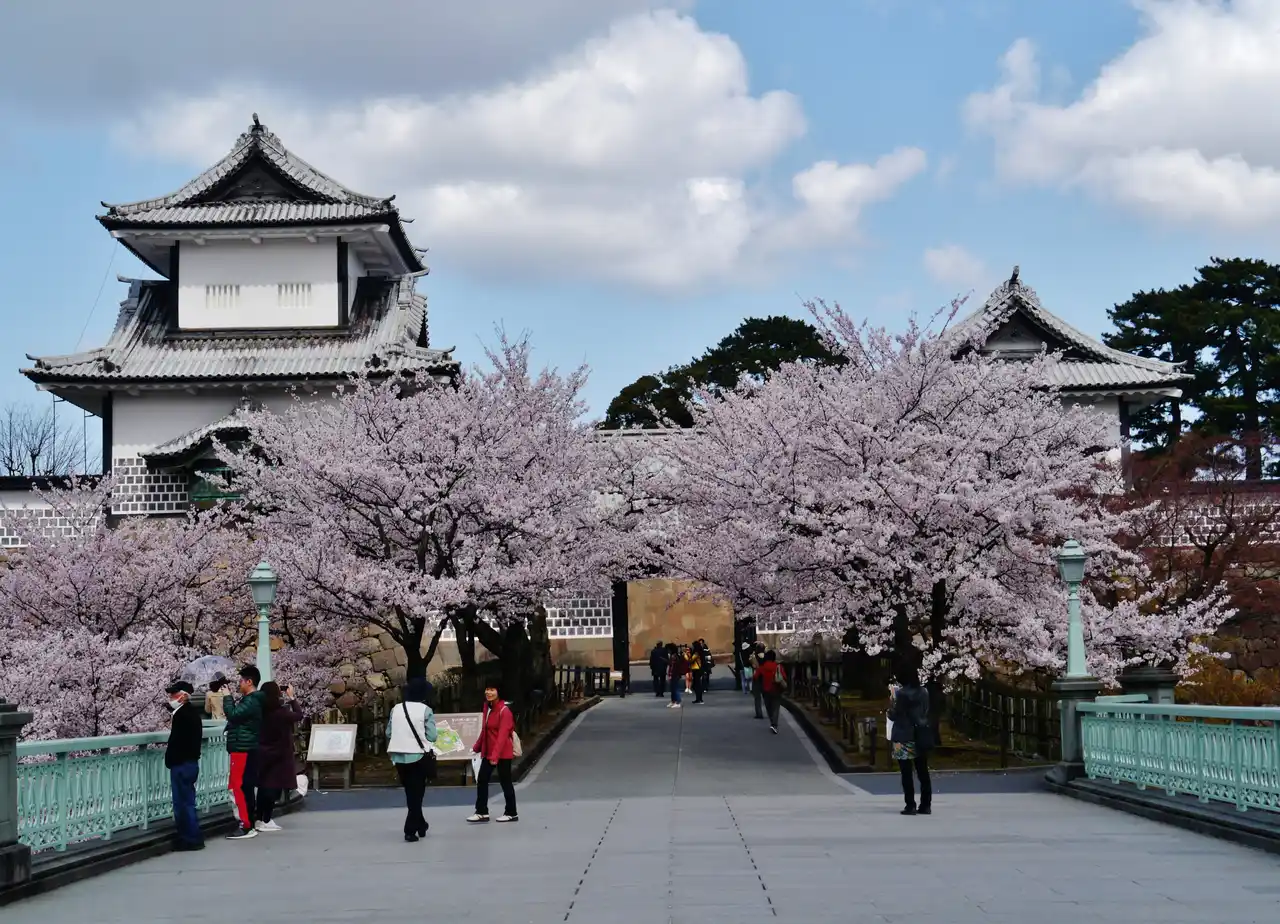
Ever wandered through a garden where the sand patterns change daily? That’s just another morning in Kanazawa, a city that feels like a living museum of traditional Japan. Often called “Little Kyoto,” this coastal gem managed to escape World War II bombing, leaving its historic districts remarkably intact. The star attraction is Kenroku-en, one of Japan’s “Three Great Gardens,” where locals gather to watch the seasons paint new colors across ancient landscapes. You can lose yourself in the narrow lanes of the Higashi Chaya District, where authentic geisha houses still operate, or marvel at the craftsmanship in the city’s famous gold leaf workshops, where artisans have been perfecting their trade for centuries.
Nikko
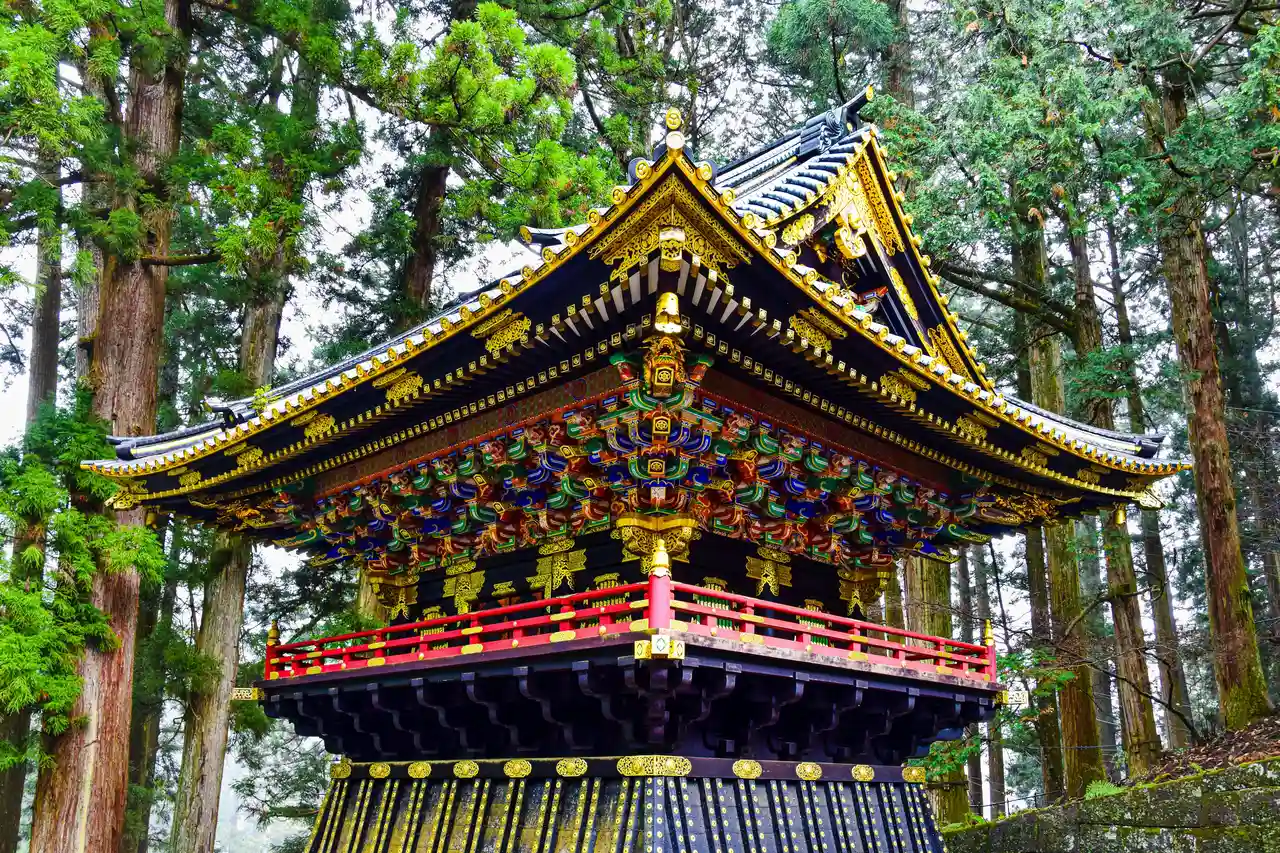
Travelers venture to Nikko, a small mountain city north of Tokyo, for its collection of ornate temples and shrines, but the area offers much more than religious architecture. The UNESCO World Heritage site includes the famous Toshogu Shrine complex and sits among dense forests and rushing waterfalls like Kegon Falls. In autumn, the changing maple leaves paint the landscape in warm colors, making it a favorite spot for leaf peeping, while summer brings relief from the city heat with cool mountain air and outdoor activities. Beyond temple hopping, visitors can soak in traditional hot springs, hike through Nikko National Park’s trails, or take a peaceful boat ride on Lake Chuzenji at any time of the year.
Miyajima
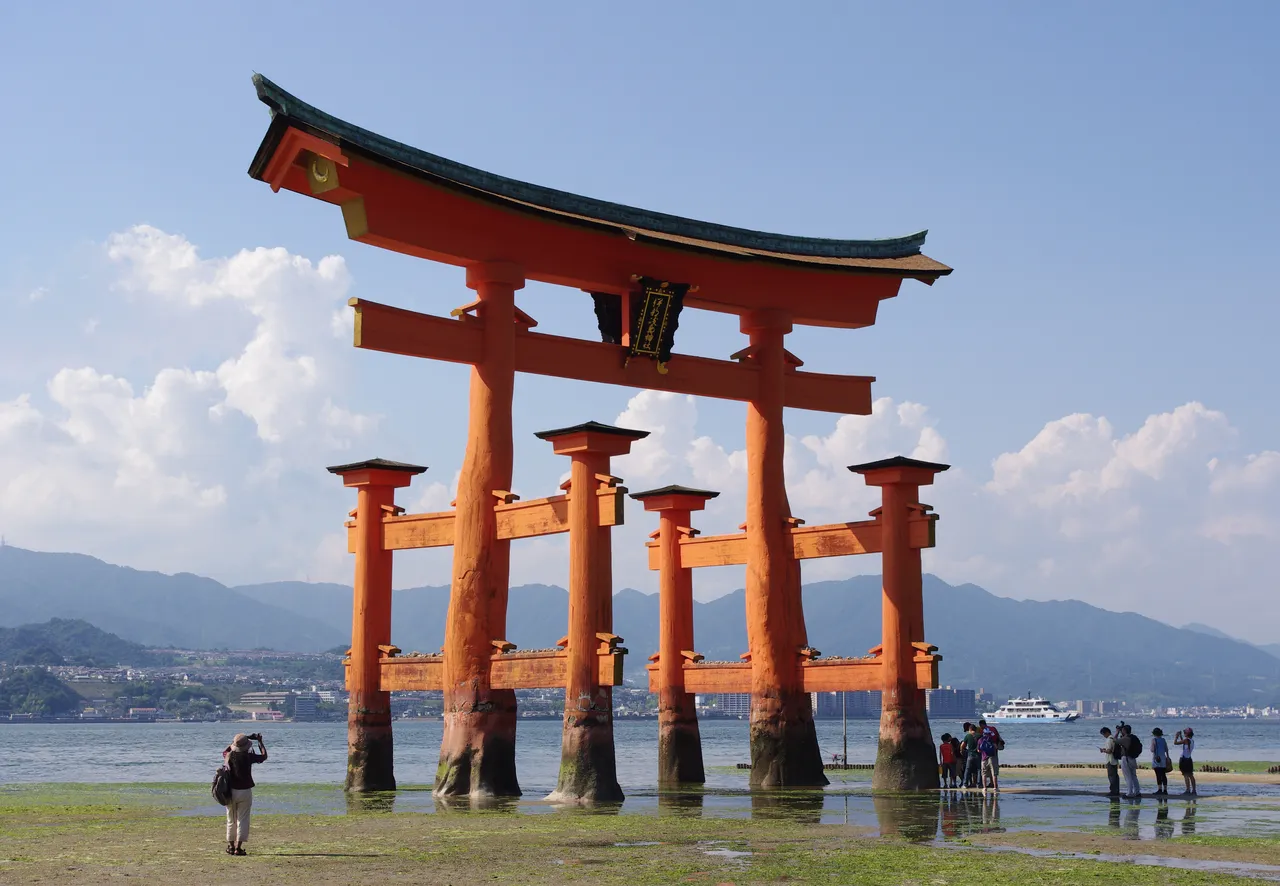
Tucked away on a small island in Hiroshima Bay, Miyajima is one of those places that makes you feel like you’ve stepped into an old Japanese painting. The island is best known for its floating torii gate – a massive orange shrine gate that appears to hover above the water at high tide. While most visitors come for a quick photo of the gate, those who stick around discover a place where deer roam freely through ancient temples, where you can take a cable car up Mount Misen for views across the inland sea, and where the streets fill with the smell of grilled oysters from local food stalls. It’s not the easiest spot to reach, requiring both a train and ferry ride from Hiroshima, but the journey is worth it to experience one of Japan’s most peaceful and tradition-rich islands.
Takayama

Step back in time when you visit Takayama, a beautifully preserved old town in the Japanese Alps. The city’s historic district features traditional wooden buildings from the Edo Period, where you can explore former merchant houses and sake breweries that still operate today. Take a morning stroll through the famous Miyagawa Market, where local vendors sell fresh produce, pickles, and crafts along the river. For a taste of authentic Japanese culture, plan your trip around the Takayama Festival in spring or fall, when decorated floats and puppet shows fill the streets with age-old traditions.
Nagasaki
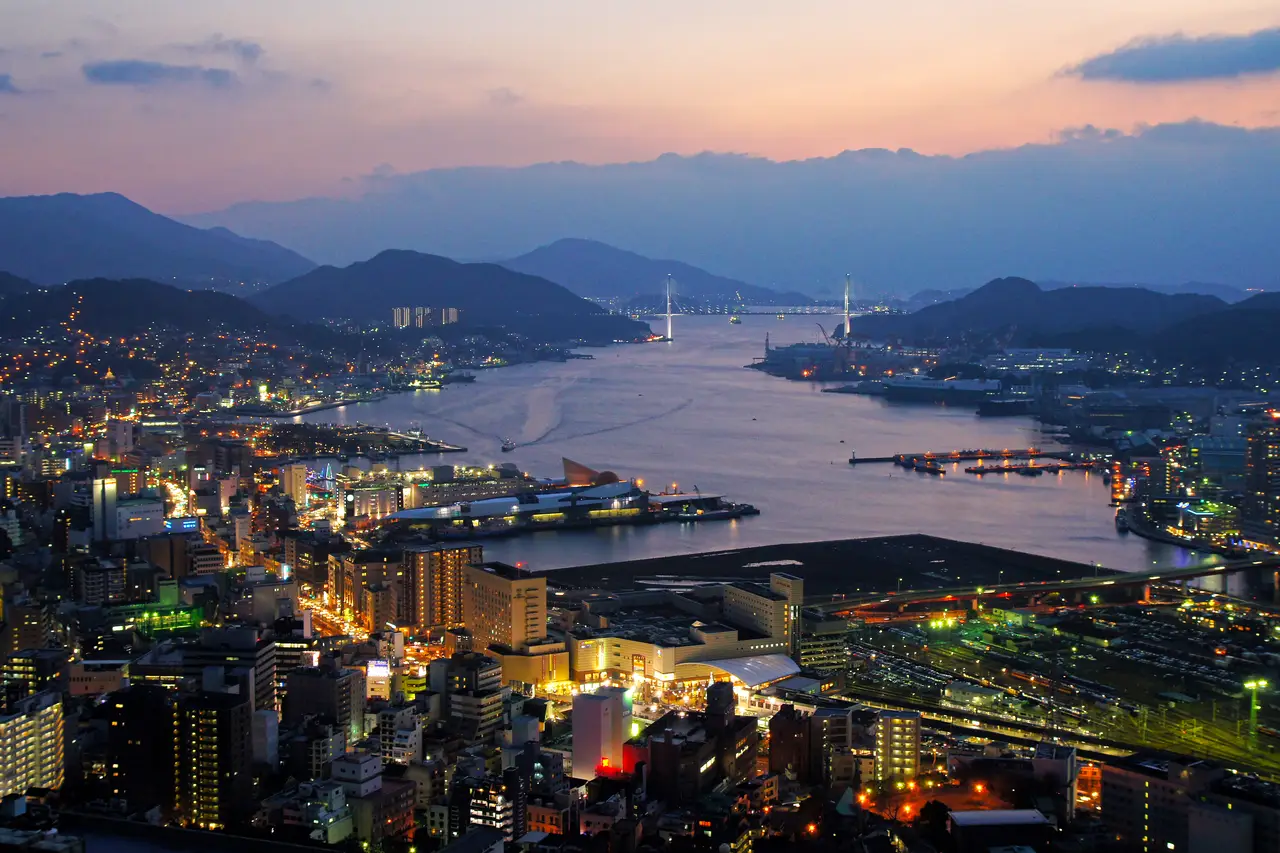
While most visitors to Japan focus on Tokyo and Kyoto, Nagasaki offers a different perspective on Japanese history and culture. Located on the western edge of Kyushu island, this port city tells a powerful story of resilience and international influence. As one of Japan’s earliest trading ports, Nagasaki welcomed Dutch, Portuguese, and Chinese merchants, creating a unique blend of Eastern and Western traditions you can still see today. From the sloping streets of Glover Garden with its European-style mansions to the lantern-lit paths of Chinatown, the city’s multicultural heritage is everywhere. But Nagasaki is also known for something more sobering – its role as the second city hit by an atomic bomb in 1945. The Peace Park and Atomic Bomb Museum stand as moving reminders of this history, while the rebuilt city around them showcases the spirit of recovery and renewal.
Kobe

Perched between mountains and sea, Kobe first caught my eye during a 2018 food-focused journey through Japan. One of the most famous cities in the Kansai region, Kobe stretches along Osaka Bay, with the Rokko mountain range creating a dramatic backdrop. The city is synonymous with its prized beef and bustling Chinatown, but locals know it’s the night view from Mount Rokko that really steals the show. Down at the harbor, the Kobe Port Tower stands as an elegant landmark, while the surrounding streets tell stories of the city’s rich trading history through a mix of Western-style mansions and traditional Japanese architecture. The Arima Onsen, tucked away in the mountains, offers visitors a chance to soak in mineral-rich hot springs just like the locals have done for centuries.
Matsumoto
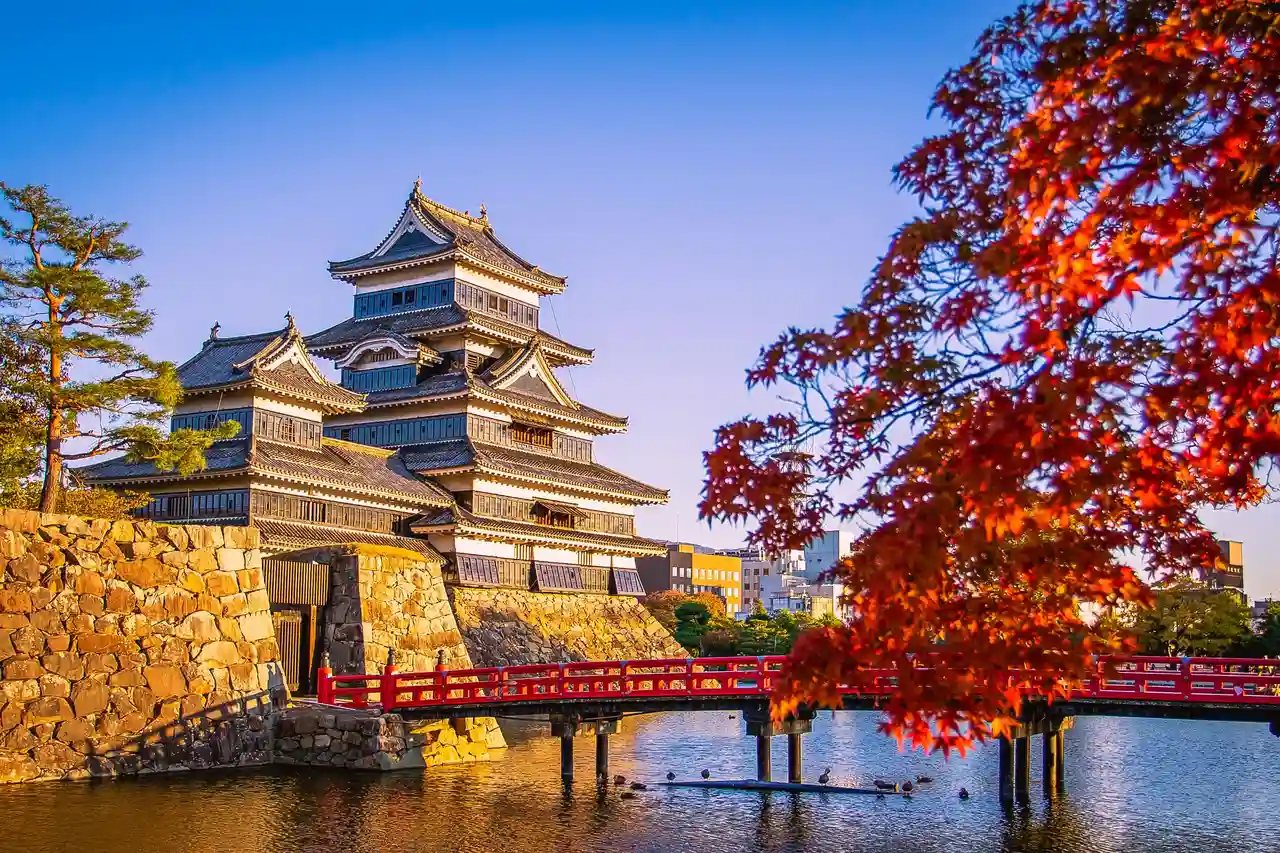
Step back in time when you visit Matsumoto, home to one of Japan’s oldest original castles. The black and white fortress, nicknamed “Crow Castle,” rises six stories above the city and offers views of the snow-capped Japanese Alps in the distance. Take a guided tour to learn about the castle’s clever defensive design and see ancient weapons on display. For a taste of local culture, wander through the nearby Nawate-dori shopping street, where you can sample traditional sweets and pick up handmade crafts from small family-owned shops.
Shirakawa-go
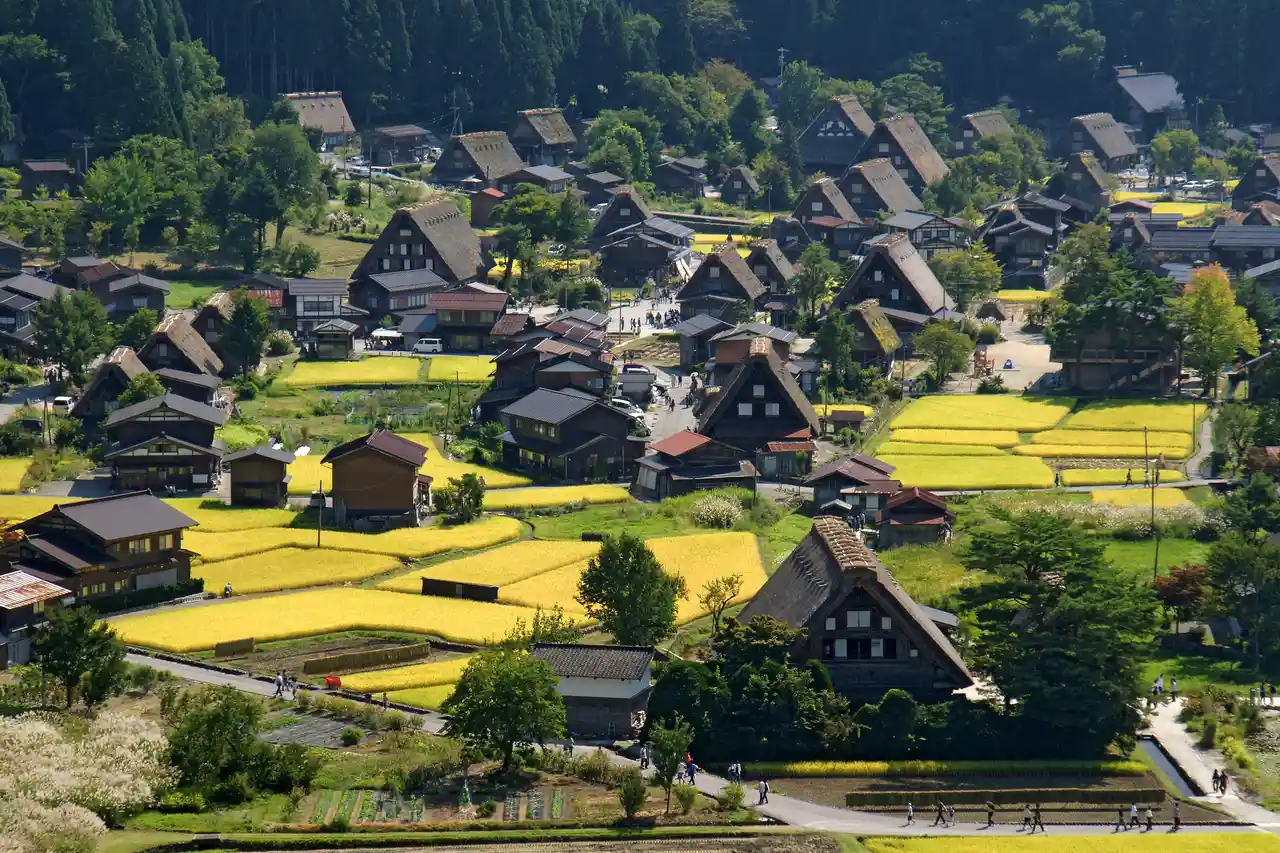
If you’re searching for a window into old-world Japan, Shirakawa-go feels like stepping back in time. This UNESCO World Heritage site nestled in the Japanese Alps is famous for its traditional gassho-zukuri farmhouses, with their distinctive steep thatched roofs that look like hands pressed together in prayer. These houses weren’t just built for show – they were designed to withstand heavy snowfall and house multiple generations of farming families under one roof. Walking through the village today, especially when snow blankets the ground in winter, you’ll find yourself surrounded by scenes that haven’t changed much in 300 years. Just keep in mind that this is still a living, working community where people go about their daily lives, not just a tourist attraction.
Fukuoka
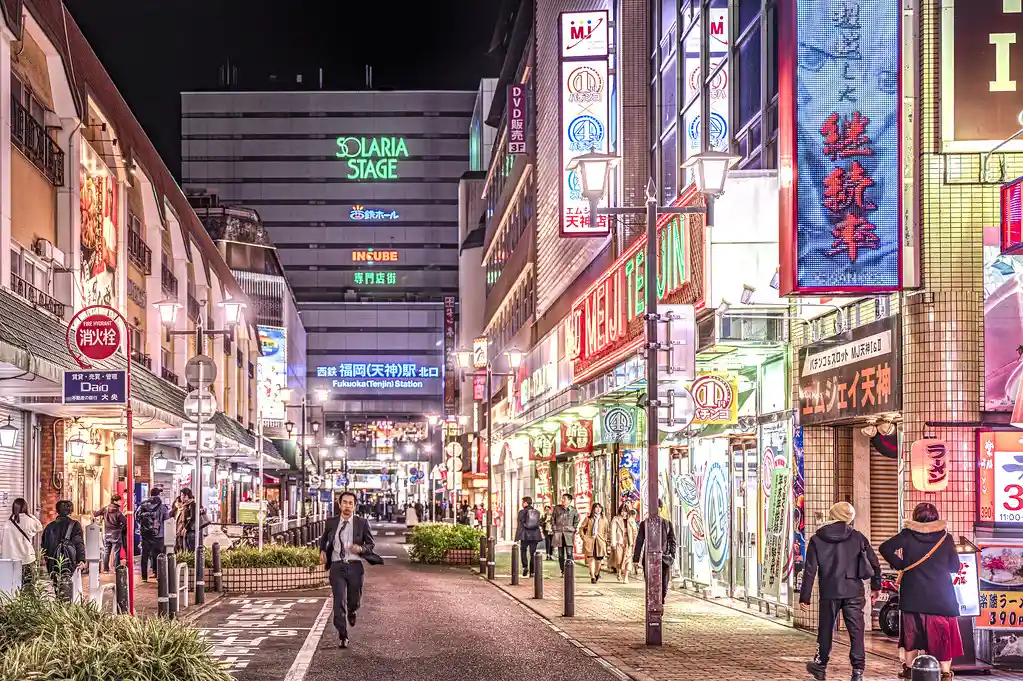
Fukuoka first caught my attention in 2019 when I was seeking a different side of Japan away from the typical tourist trail. Located on Kyushu Island, this seaside city blends modern conveniences with traditional charm in a way that feels natural and unforced. The famous yatai food stalls line the streets of the Nakasu district, serving up steaming bowls of Hakata ramen and grilled yakitori until late into the night. Along the waterfront, the Ohori Park provides a peaceful escape with its traditional Japanese garden and walking paths that circle a large pond. What really sets Fukuoka apart is how the locals embrace their food culture – from the bustling Kawabata Shopping Arcade to the modern Canal City complex, you’re never more than a few steps away from experiencing Japan’s best street food scene.
Hokkaido’s Shiretoko National Park
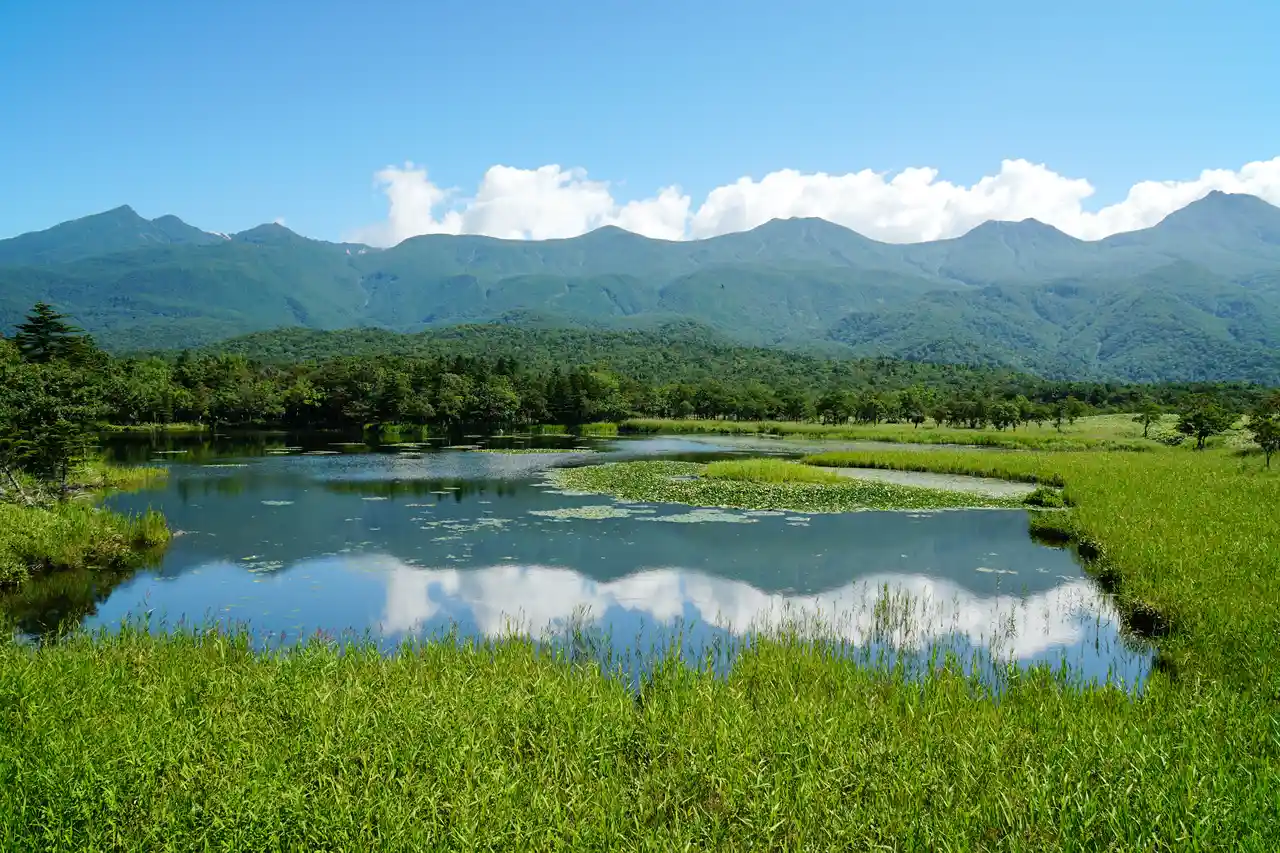
Located at the northeastern tip of Hokkaido, Shiretoko National Park feels like one of Japan’s last truly wild places. Unlike the neon-lit cities and carefully manicured gardens found elsewhere in the country, this UNESCO World Heritage site showcases nature in its raw, untamed state. The park’s rugged peninsula juts out into the Sea of Okhotsk, where drift ice forms in winter and brown bears roam freely through ancient forests. You’ll find steaming hot springs tucked between rocky cliffs, waterfalls that freeze into massive ice sculptures during winter, and pods of whales breaching offshore. Because of its remote location and limited access roads, Shiretoko has managed to keep its wilderness character intact, making it a perfect escape for those wanting to experience Japan’s natural side.
Himeji Castle
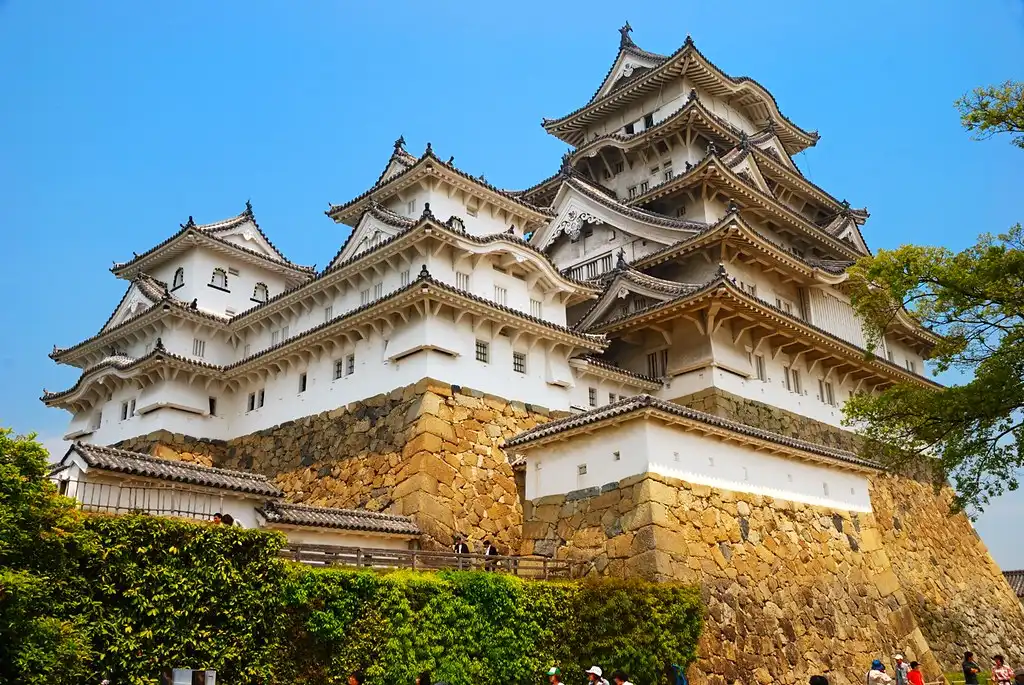
Feel like you’ve stepped into a fairy tale when you visit Himeji Castle, Japan’s most iconic feudal fortress. This gleaming white castle, nicknamed the “White Heron” for its elegant appearance, rises six stories high and features 83 buildings spread across its grounds. You can explore the castle’s defensive systems, including hidden doors and special chutes once used by soldiers to drop stones on invaders. Make your way to the top floor for sweeping views of Himeji City and the surrounding mountains. Visit in early April to see the castle grounds transformed by cherry blossoms, or come in fall when the autumn colors create a beautiful backdrop for photos.
Naoshima
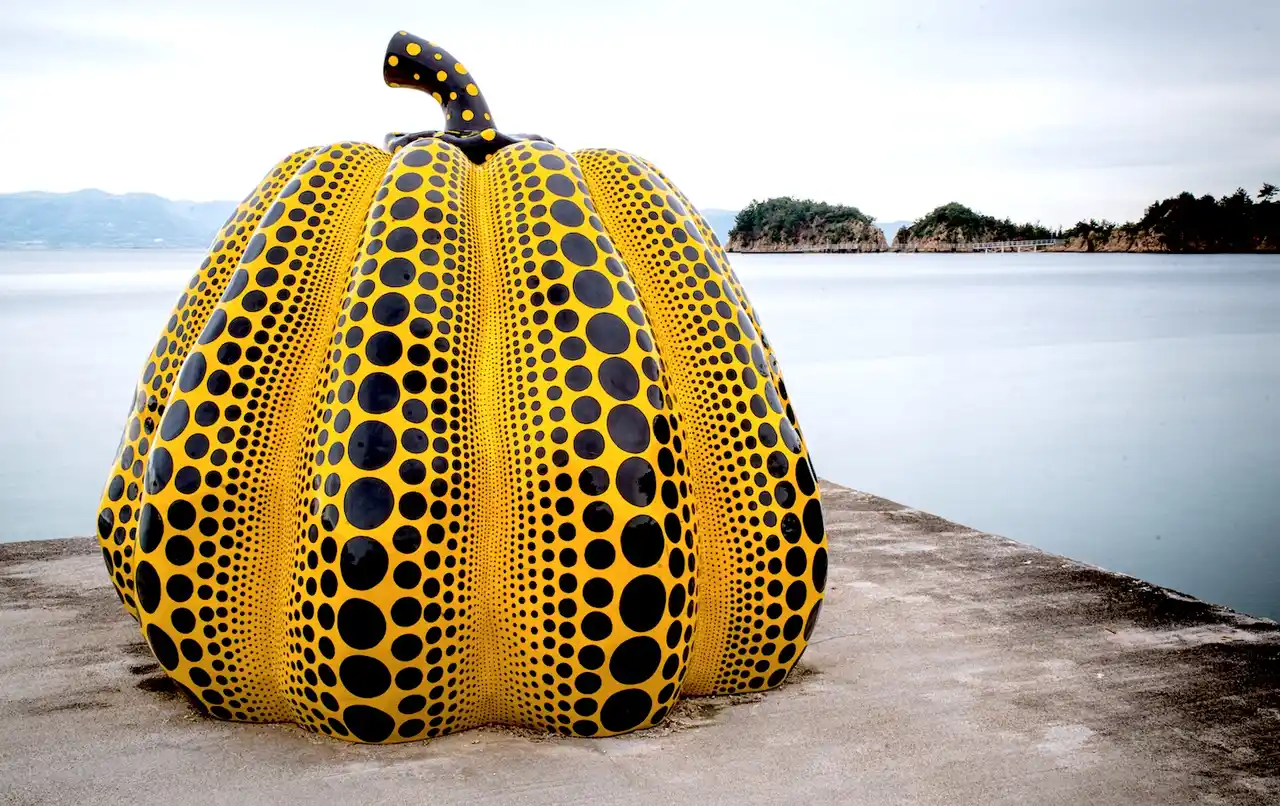
Ever wondered what happens when modern art takes over an entire island? That’s exactly what you’ll find on Naoshima, a small island in Japan’s Seto Inland Sea. Once a quiet fishing community, this island has become Japan’s hub for contemporary art, where museums blend seamlessly into the hillsides and massive polka-dot pumpkins sit casually by the waterfront. You can hop between world-class galleries like the Chichu Art Museum, built mostly underground, or explore the Art House Project, where empty houses have been turned into mind-bending art installations. The best part? You can stay in hotels that are themselves works of art, making even your bedroom part of the creative experience.

